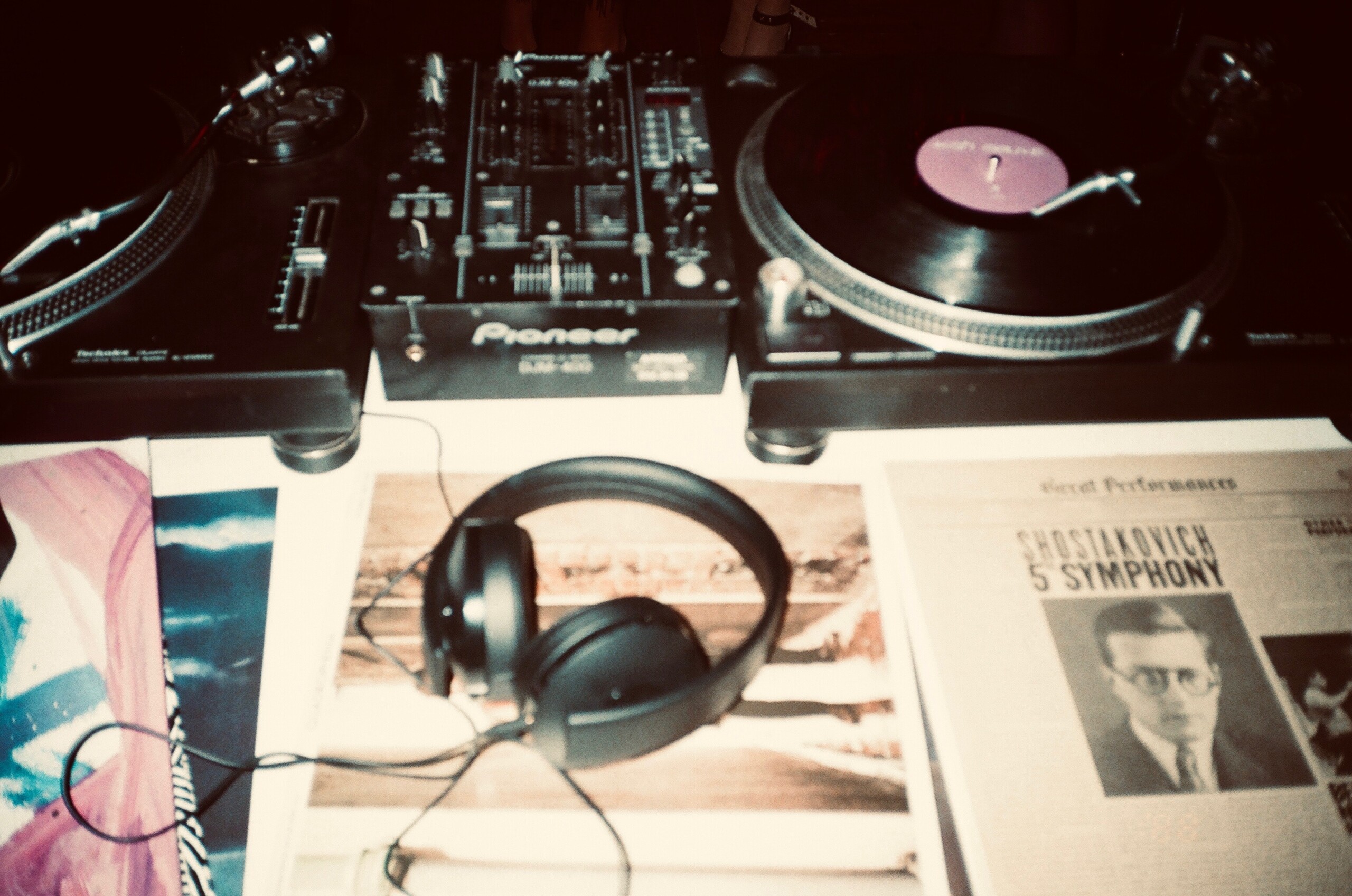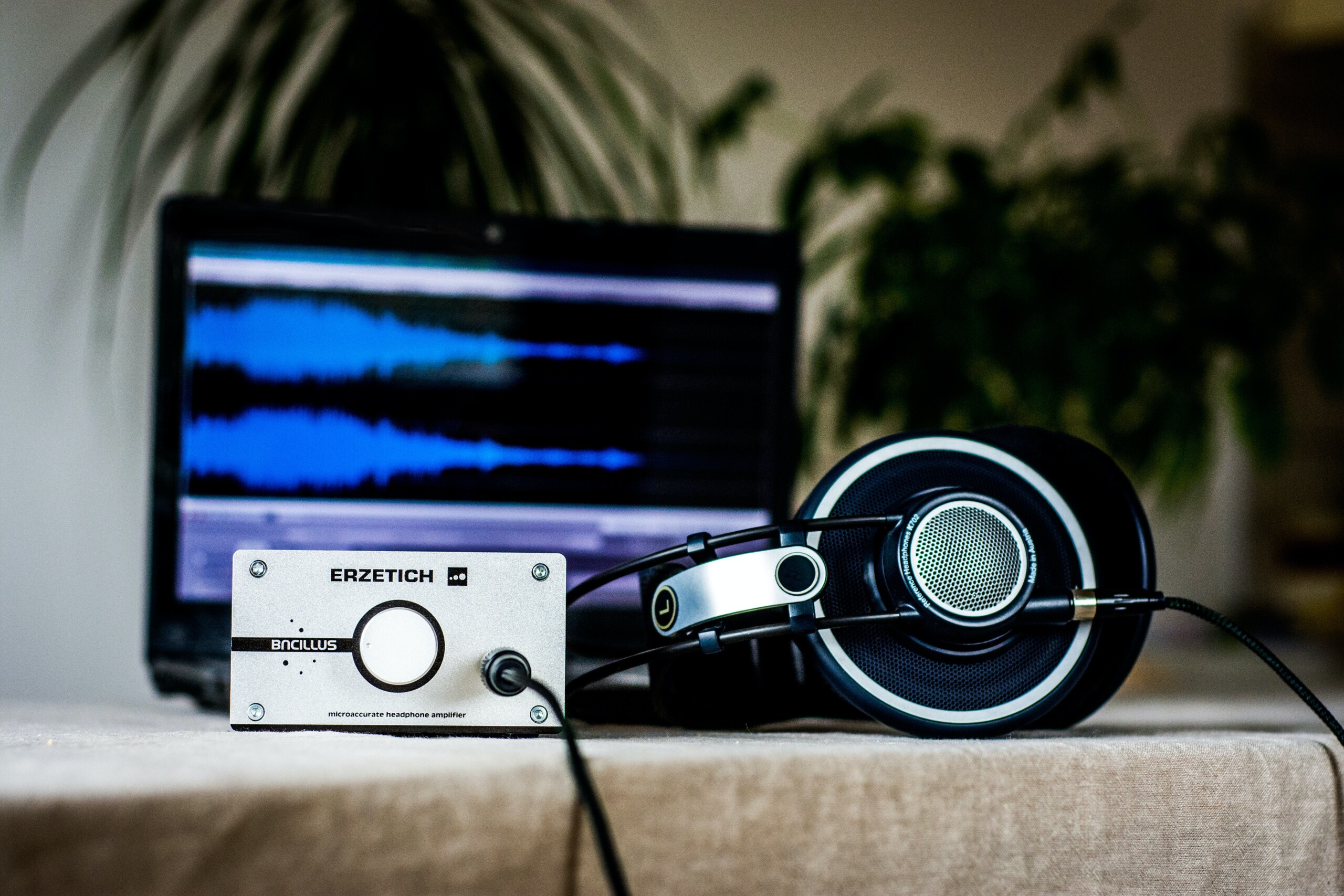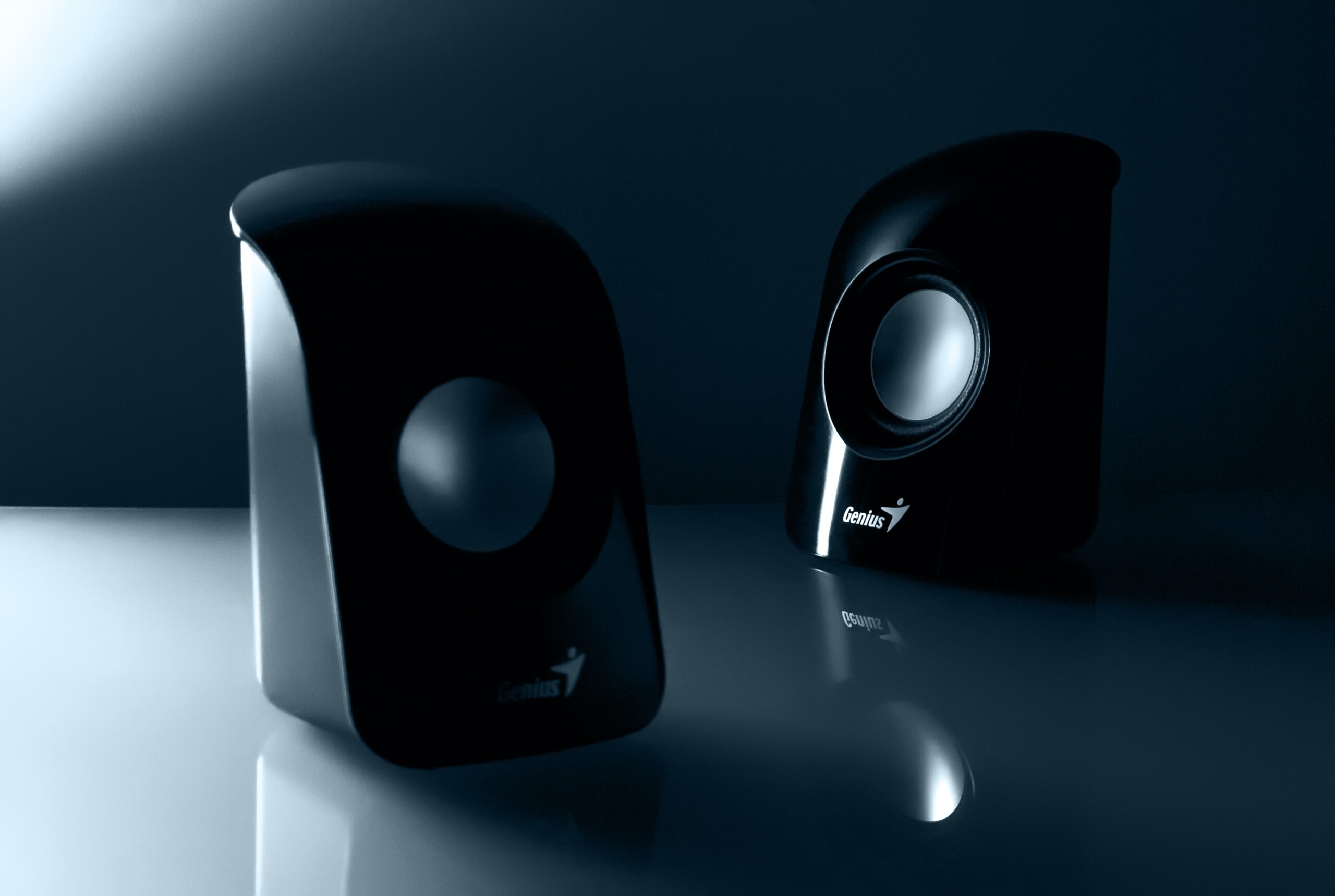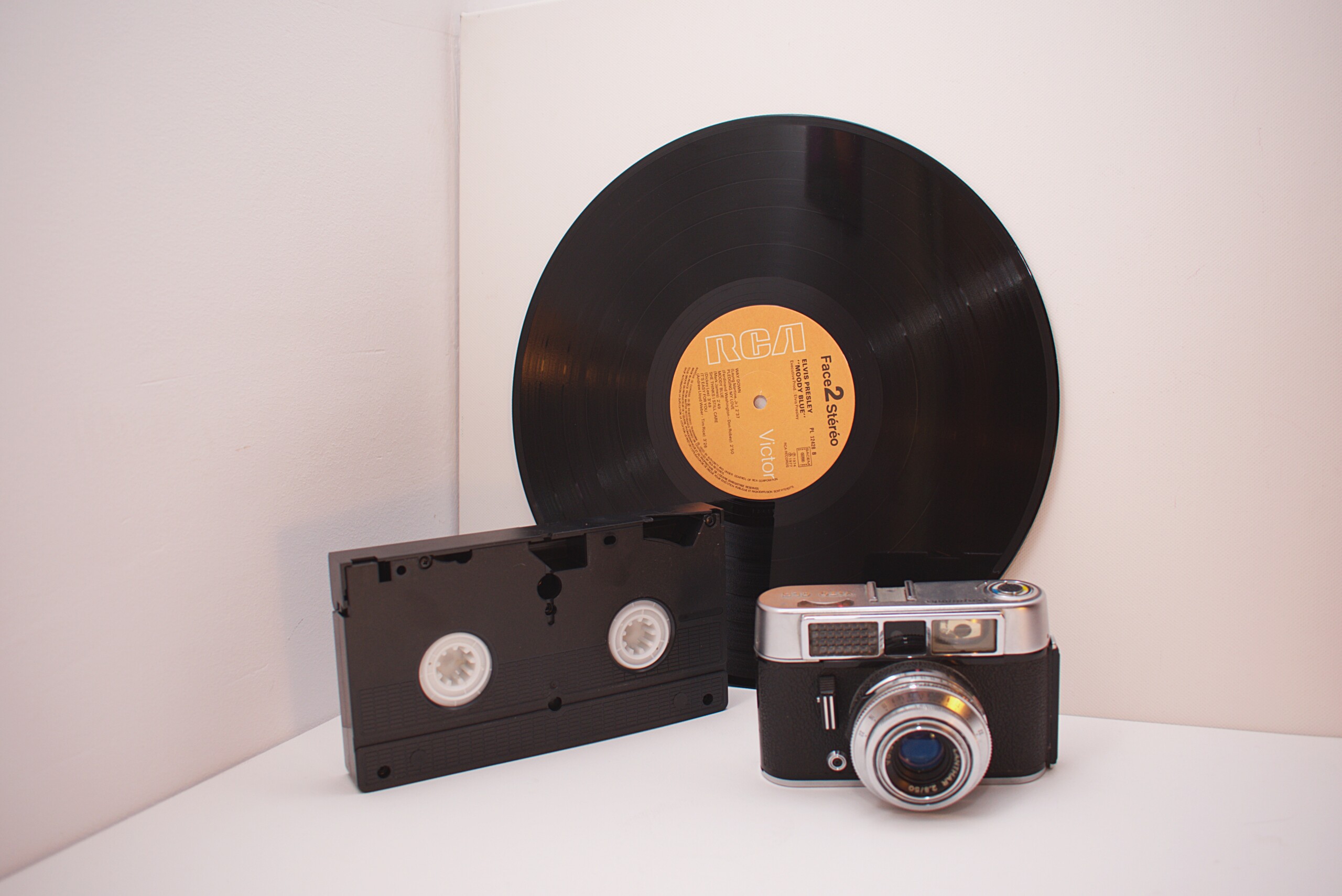Your basket is currently empty!

17 May Why is older audio equipment so popular now?
An interesting trend has emerged in the world of hi-fi audio in recent years: the growing popularity of vintage audio equipment. Despite technological developments and the availability of cutting-edge audio gear, many audio fans are gravitating to old equipment from the past. This comeback has piqued the interest of the hi-fi audio community.
Several factors contribute to the growing interest in vintage audio equipment beneath the surface. In this blog post, we’ll look at the reasons for this trend, including the allure of nostalgia and vintage appeal, the superior build quality and durability of vintage gear, the distinct sound characteristics and musicality it provides, the availability of spare parts and repairs, the value for money and affordability it offers, and the vibrant community and culture that surrounds it.
So grab your favourite vinyl record or CD, sit back, and join us as we explore the intriguing world of vintage audio equipment and discover why it has such enduring appeal for hi-fi audio fans.

Nostalgia and vintage appeal
The great pull of nostalgia is one of the primary reasons for the increasing popularity of vintage audio equipment. Many audiophiles have happy memories of music they listened to on old equipment when they were kids. The crackling sound of a vinyl record, the mechanical hum of a reel-to-reel tape machine or the warm light of vacuum tubes elicit nostalgia, bringing people back to a period when music was experienced differently. The emotional attachment to these ancient audio gadgets fosters a strong appreciation for their historical relevance and artistry.
Aside from the emotional link, the aesthetics and design of vintage audio equipment have a special allure for hi-fi fans. Vintage clothing and accessories frequently include classic, timeless styles that radiate elegance and grace. The classic dials, polished wood cabinets, and brushed metal finishes not only offer a touch of nostalgia to the listening environment but also improve its visual appeal. Hi-fi fans take delight in displaying these exquisitely built pieces as a declaration of their love of both music quality and vintage beauty.
Furthermore, older equipment’s physical controls and tactile feedback give a more compelling and immersive user experience. The pleasant click of a button, the smooth turning of a knob, and the tactile experience of interacting with vintage equipment provide a sense of workmanship and engagement that is frequently lacking in modern audio gear’s digital interfaces.
In the following part, we will look at another important component of the allure of vintage audio equipment: its remarkable build quality and durability.

Build quality and durability
The extraordinary build quality and care that went into the construction of older audio equipment is one of its most notable features. Vintage gear was frequently made with painstaking attention to detail, using strong construction techniques and high-quality materials. Manufacturers took delight in developing products that would stand the test of time and work admirably. Every part of antique audio equipment emanated robustness and longevity, from solid wood cabinets to precision-engineered metal components.
Vintage audio equipment, unlike some of its current counterparts, was designed to last. Manufacturers prioritised the use of long-lasting components and time-tested engineering procedures, resulting in equipment that could survive the rigours of daily operation. Solid metal chassis, heavy-duty switches and knobs, and high-quality internal wiring were all prominent components of older equipment.
In addition, many historical audio devices were designed in a modular manner, allowing individual components to be readily repaired or replaced. Because of its adaptability, as well as the availability of replacement parts and maintenance knowledge, vintage gear may frequently be restored to its original functionality, extending its lifespan even further.
As a result, older audio equipment usually outlasts its current counterparts, which may prioritise cost-cutting tactics and shorter product lifecycles. Hi-fi fans value the dependability and endurance of vintage gear, knowing that they are investing in equipment that will provide years, if not decades, of faithful service.
In the following part, we will look at another important aspect of the allure of vintage audio equipment: the unique sound qualities and musicality it provides.

Sound characteristics and musicality
One of the most intriguing aspects of vintage audio equipment is the specific sound qualities and musicality it imparts on the listening experience. Vintage gear has a way of imbuing recordings with a charm and character that many collectors find appealing. This aural imprint is the consequence of a number of things, including the electronic components employed, circuit designs, and the era’s overall engineering mindset.
Vintage audio equipment is frequently praised for its ability to reproduce sound with warmth, richness, and nuance that can be difficult to find in current gear. Vacuum tube amplifiers, for example, are known for their smooth and euphonic presentation, which is enhanced by a nice harmonic distortion. Vinyl records played on vintage turntables can generate a warm, organic sound that many people find appealing, keeping the music’s natural features.
Furthermore, older speakers designed with differing acoustic principles can provide distinct sonic properties. Natural timbre and resonance are generally prioritised in vintage speakers, resulting in a more authentic and immersive soundstage. The attention to detail in the design and tuning of these speakers can result in a level of clarity, image, and depth that many hi-fi fans find appealing.
Vintage audio equipment’s distinct sound qualities and musicality provide additional depth of delight and engagement to the listening experience. It allows the listener to rediscover their favourite music in a way that modern audio equipment may not be able to imitate.
In the next section, we will explore another important aspect of the appeal of older audio equipment—the availability of spare parts and repairs, which contributes to its long-term viability as an investment.

Availability of spare parts and repairs
The availability of spare parts and repair services is one of the benefits of older audio equipment, which contributes to its long-term viability. Vintage audio equipment has created a thriving ecosystem of vendors, enthusiasts, and specialised technicians dedicated to preserving and restoring these acoustic gems. Many manufacturers, even those that are no longer in business, have left a legacy of documentation and assistance, allowing replacement parts or viable alternatives to be found.
Furthermore, there are several online communities and forums dedicated to vintage audio equipment, where fans share expertise, resources, and repair and maintenance tips. This common knowledge and support network makes it easier for collectors to keep their old gear in working order.
The ability to repair and refurbish ancient audio equipment contributes to its long-term value. Unlike modern technology, which may become obsolete or withdrawn after a few years, vintage equipment has the ability to provide continuous delight. Enthusiasts can invest in a well-maintained vintage system, knowing that with regular care and periodic maintenance, it will continue to give outstanding performance for years to come.
Investing in vintage audio equipment provides enthusiasts with not only a high-quality audio system, but also involvement in a community dedicated to preserving the history of these incredible gadgets.

Conclusion
In this blog post, we looked at the reasons for the growing popularity of vintage audio equipment in the hi-fi audio world. We started by recognising the draw of nostalgia and antique appeal, recognising the emotional connection and aesthetic appeal that older gear possesses for aficionados. For many in the hi-fi audio world, the capacity to transport us back to a bygone age of music and create cherished memories is a tremendous pull.
We then talked about the superior construction and longevity of older audio gear. Products made with the kind of skill and meticulous attention to detail found in vintage equipment are long-lasting. In addition to extending their lifespan, the use of premium components and construction methods demonstrates the manufacturer’s commitment to making audio equipment that endures the test of time.
We also looked at the distinctive sound qualities and musicality provided by vintage audio gear. Audiophiles are frequently enthralled by the warmth, richness, and nuance in the audio reproduction of vintage equipment. Many aficionados want the specific charm that older equipment’s acoustic characteristics may bring to the listening experience, adding a certain flavour and depth.
We also emphasised the accessibility of replacement parts and repair services for older machinery. The enduring quality of these aural treasures is demonstrated by the fact that many vintage models may still be repaired and maintained. Assuring their investment’s continuous performance for years to come, enthusiasts can find comfort in the knowledge that their investment can be kept and restored.
In conclusion, a number of variables may be responsible for the increased demand for vintage audio equipment. The lasting appeal of antique equipment in the hi-fi audio world is a result of its nostalgia, superior build quality, distinctive sound qualities, and accessibility to spare parts and repairs.
Therefore, discovering the world of vintage audio gear can be a rewarding journey that enhances your hi-fi audio experience, whether you are drawn to the nostalgic appeal, value the craftsmanship and durability, seek the distinctive sonic qualities, or value the ability to maintain and restore your audio equipment. Indulge in the alluring world of antique audio and embrace its timeless beauty.

Sorry, the comment form is closed at this time.